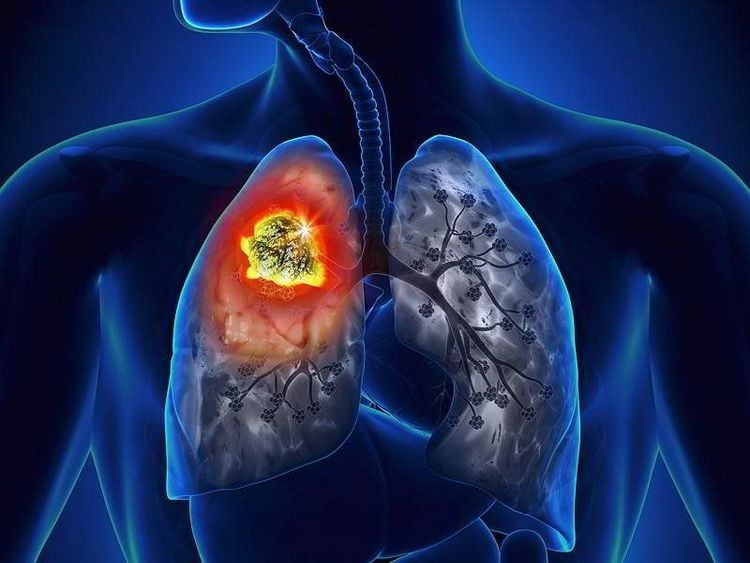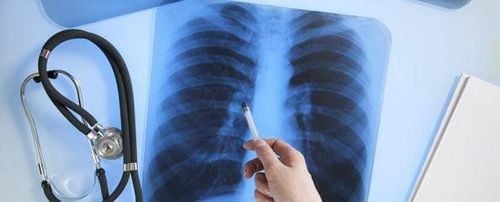This article is professionally consulted by Đặng Mạnh Cường, MSc, MD - Diagnostic Imaging Doctor - Diagnostic Imaging Department - Vinmec International General Hospital Central Park. Dr. Cường has over 18 years of experience in ultrasound and diagnostic imaging.
Smoking is a harmful habit that is difficult to quit, not only among men but also women. Cigarette smoke has a significant impact on health, especially the lungs, and can cause lung diseases such as chronic obstructive pulmonary disease (COPD), pneumonia, and, notably, lung cancer.
1. The Harmful Effects of Cigarette Smoke
Cigarette smoke contains numerous harmful substances that can damage the respiratory system.
These harmful chemicals, when inhaled directly into the lungs, cause the lungs to produce excessive mucus, along with a reduced ability to expel the mucus compared to healthy individuals.
As a result, the bronchial mucosa in long-term smokers undergoes structural changes, leading to the proliferation of mucus-secreting glands, thickening the airway mucosa, and increasing mucus secretion, which narrows the airways.
Furthermore, since the lungs cannot effectively clear the excess mucus, this creates favorable conditions for respiratory infections. These manifest as coughing, bronchitis, and infections such as pneumonia, COPD, and lung cancer.
The lungs of long-term smokers may turn black, while those of healthy individuals remain pink. Additionally, the lungs of smokers cannot fully expand like those of non-smokers because cigarette smoke hardens the lungs, reducing their elasticity, which negatively impacts lung function.
In addition, the harmful effects of smoking include:
- 90% of diagnosed lung cancer cases are among smokers.
- Smoking is responsible for 75% of chronic obstructive pulmonary disease cases, increasing the mortality risk due to the disease by 66 times compared to non-smokers.
- Smoking increases the risk of bronchitis, pneumonia, tuberculosis, and bronchial asthma in adults.
- In children, passive smoking increases the risk of respiratory symptoms such as coughing, wheezing, and shortness of breath, slows lung growth, and causes early decline in lung function.
Smoking not only harms the smoker but also affects non-smokers who are exposed to secondhand smoke in a similar way as those who smoke directly.

2. The Difference Between the Lungs of a Smoker and a Non-Smoker on X-Ray
Typically, the lungs of a healthy non-smoker appear pink and show no abnormal signs.
For smokers, the lung images on X-ray are distinctive. However, the appearance can vary depending on the duration and intensity of smoking, meaning the impact of smoking on the lungs differs from person to person. Nonetheless, the basic patterns are the same, differing only in severity.
X-ray images of a smoker’s lungs show:
- A blackened outer layer surrounding the lungs. The longer someone has smoked, the more pronounced this blackened layer becomes.
- The lungs may appear enlarged, with multiple black spots indicating areas of inflammation.
- An X-ray may show emphysema, where the lungs appear barrel-shaped, with widened intercostal spaces and areas of increased brightness corresponding to the dilated alveolar regions.
- X-ray imaging can help suspect chronic obstructive pulmonary disease and detect underlying causes of acute exacerbations, such as pneumonia, pneumothorax, or pulmonary embolism.

Please dial HOTLINE for more information or register for an appointment HERE. Download MyVinmec app to make appointments faster and to manage your bookings easily.














